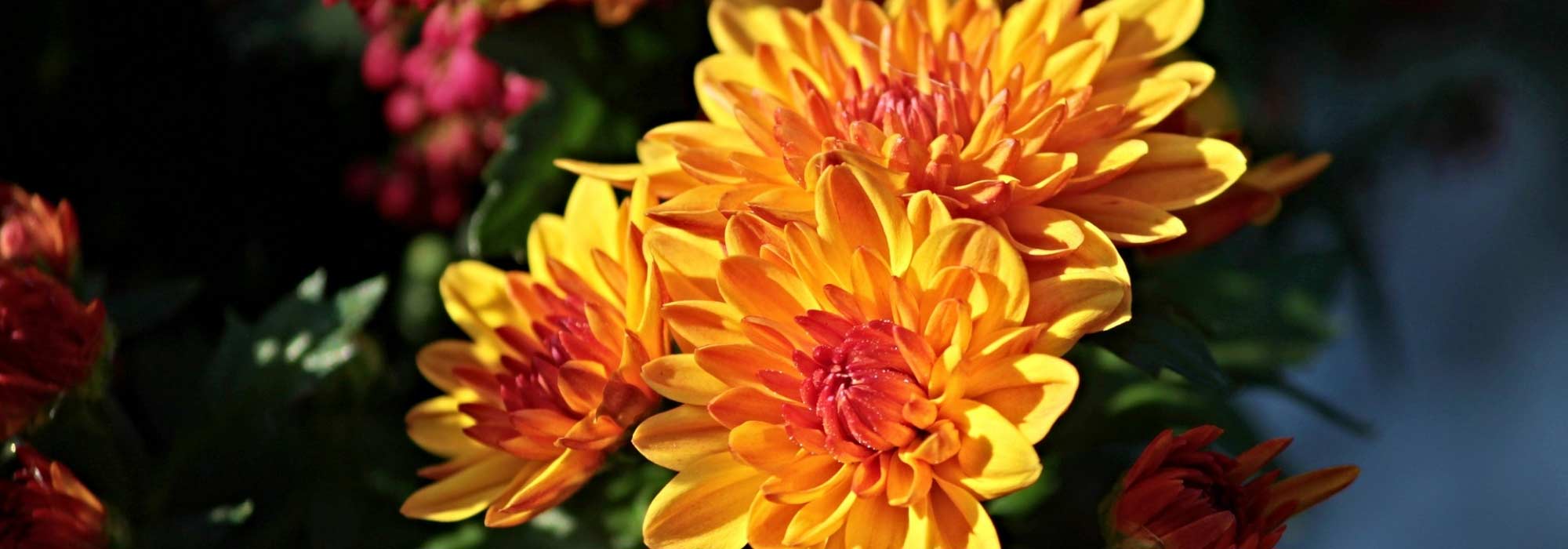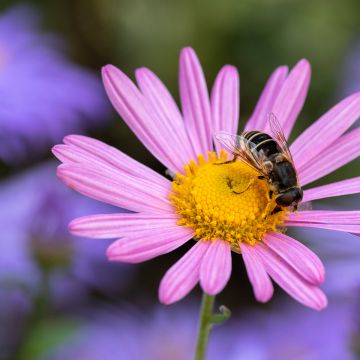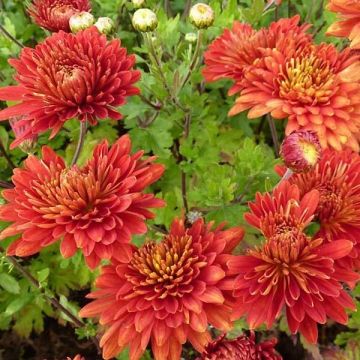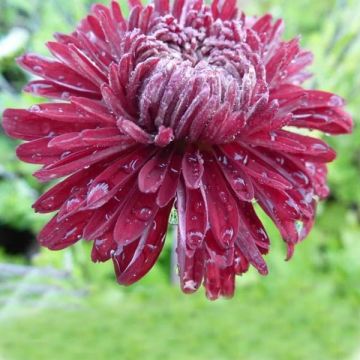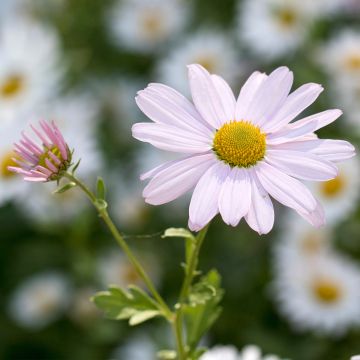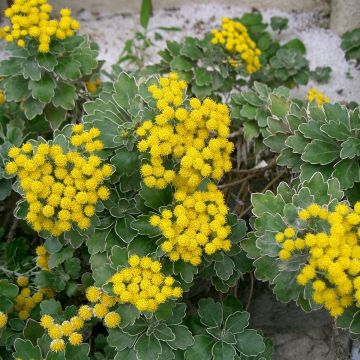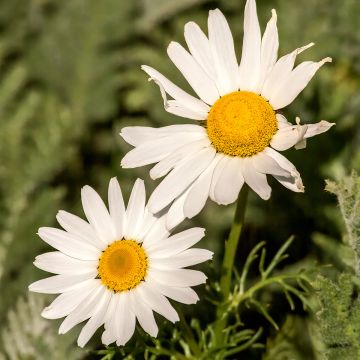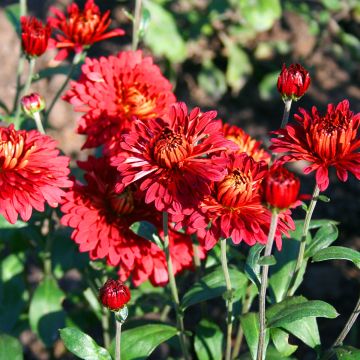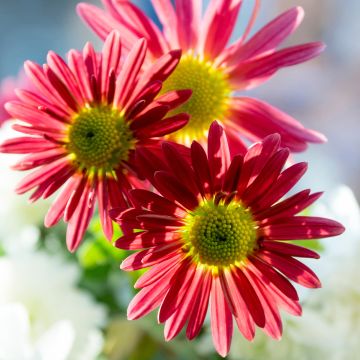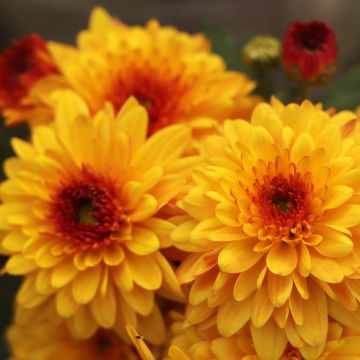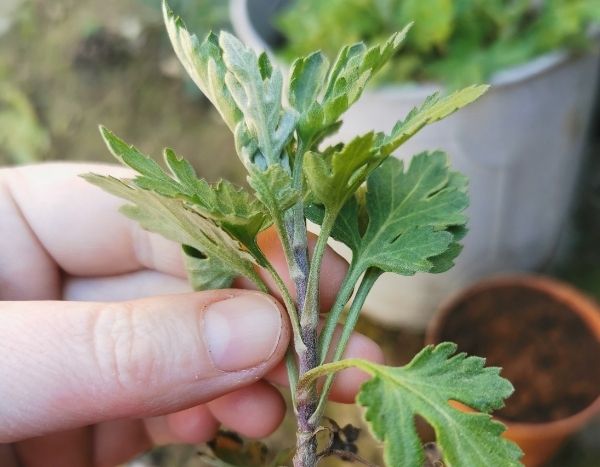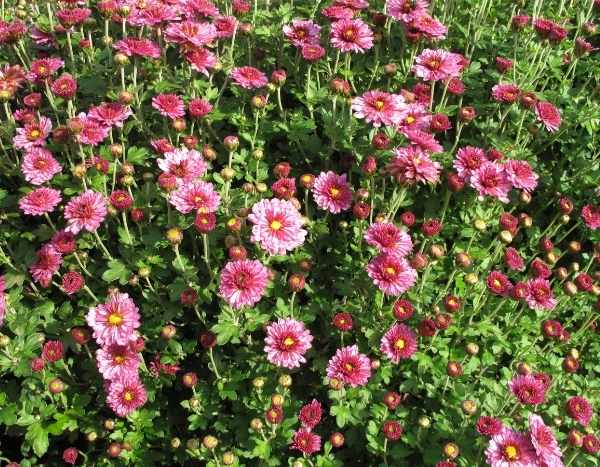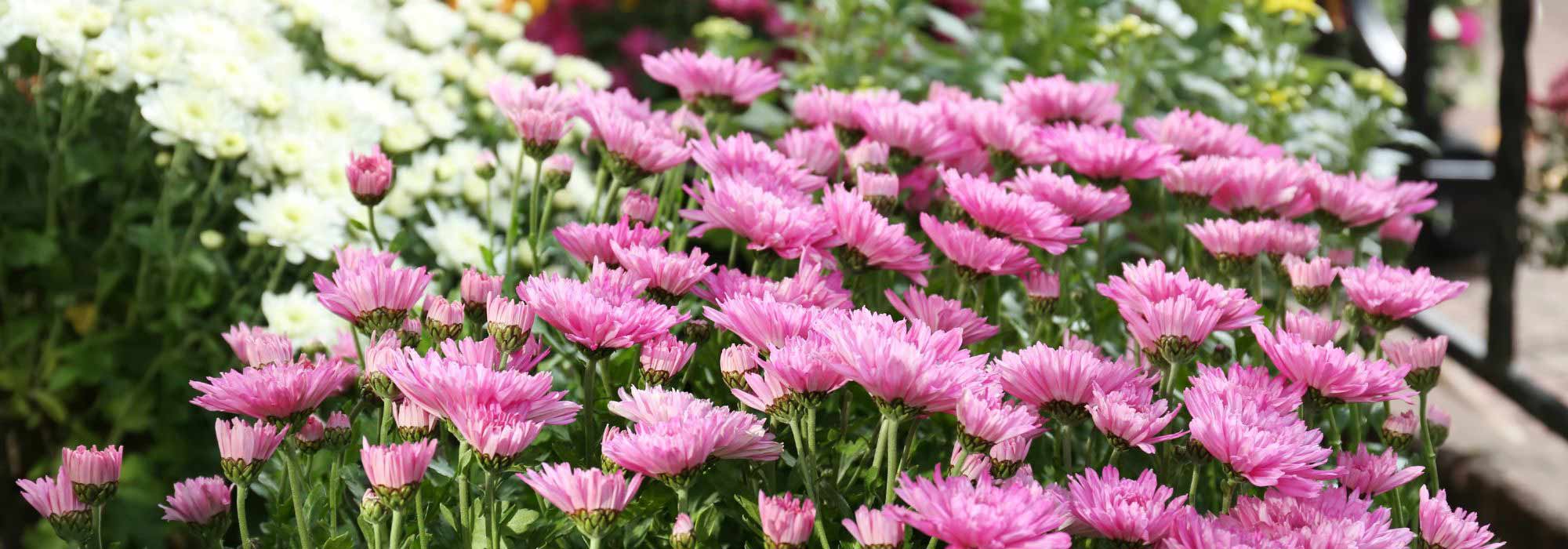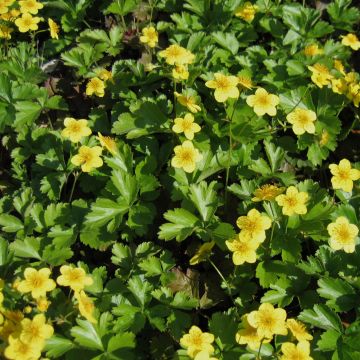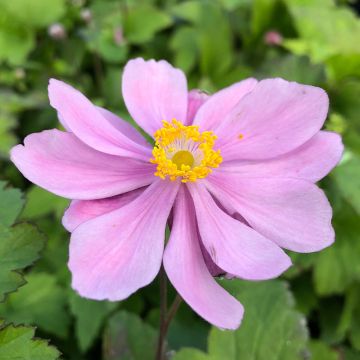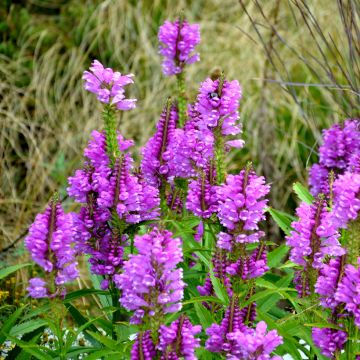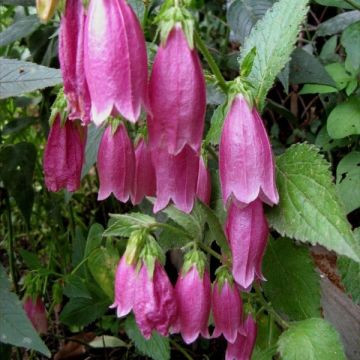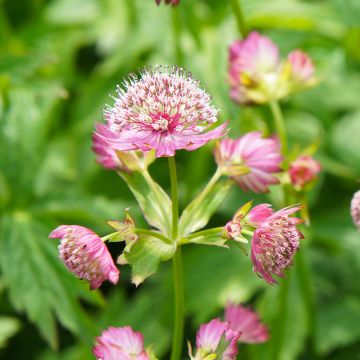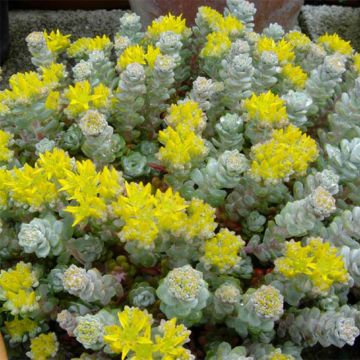

Chrysanthemum rubellum Last Sun
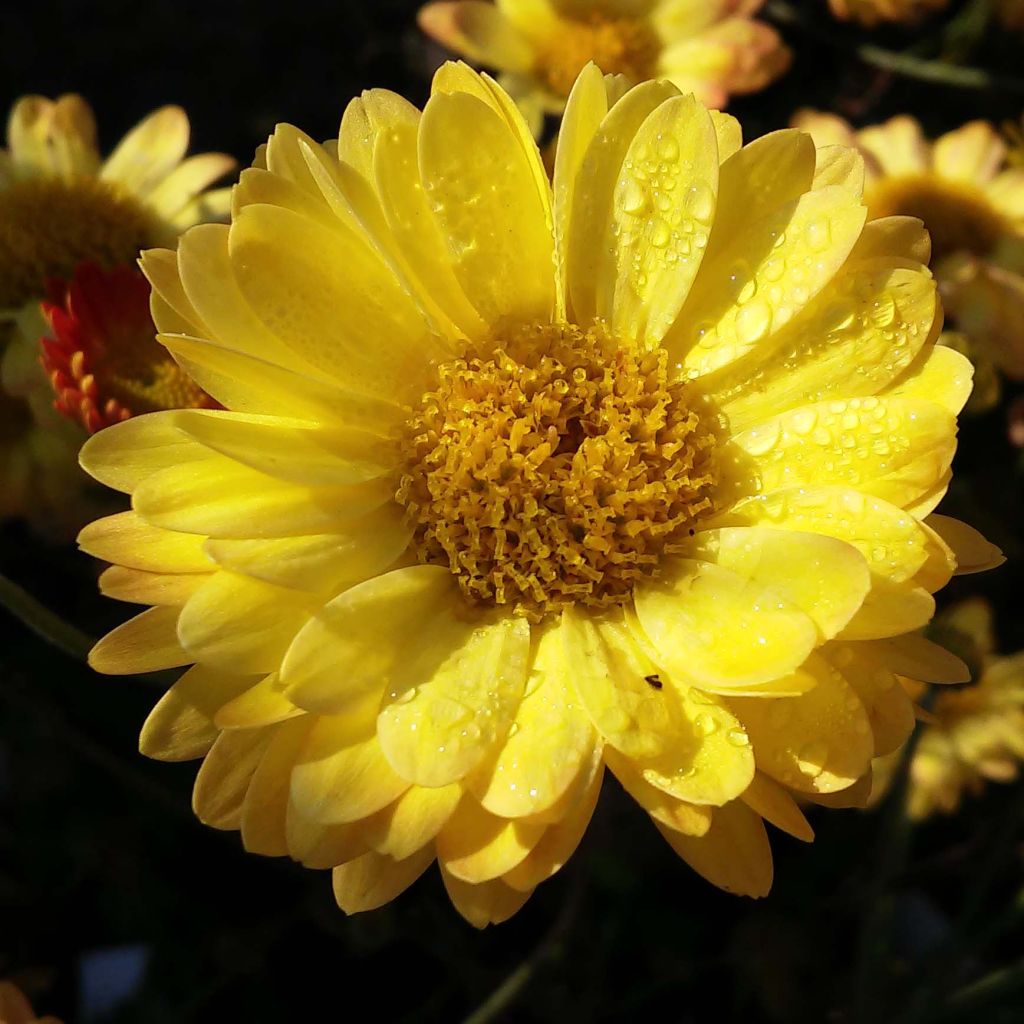

Chrysanthemum rubellum Last Sun
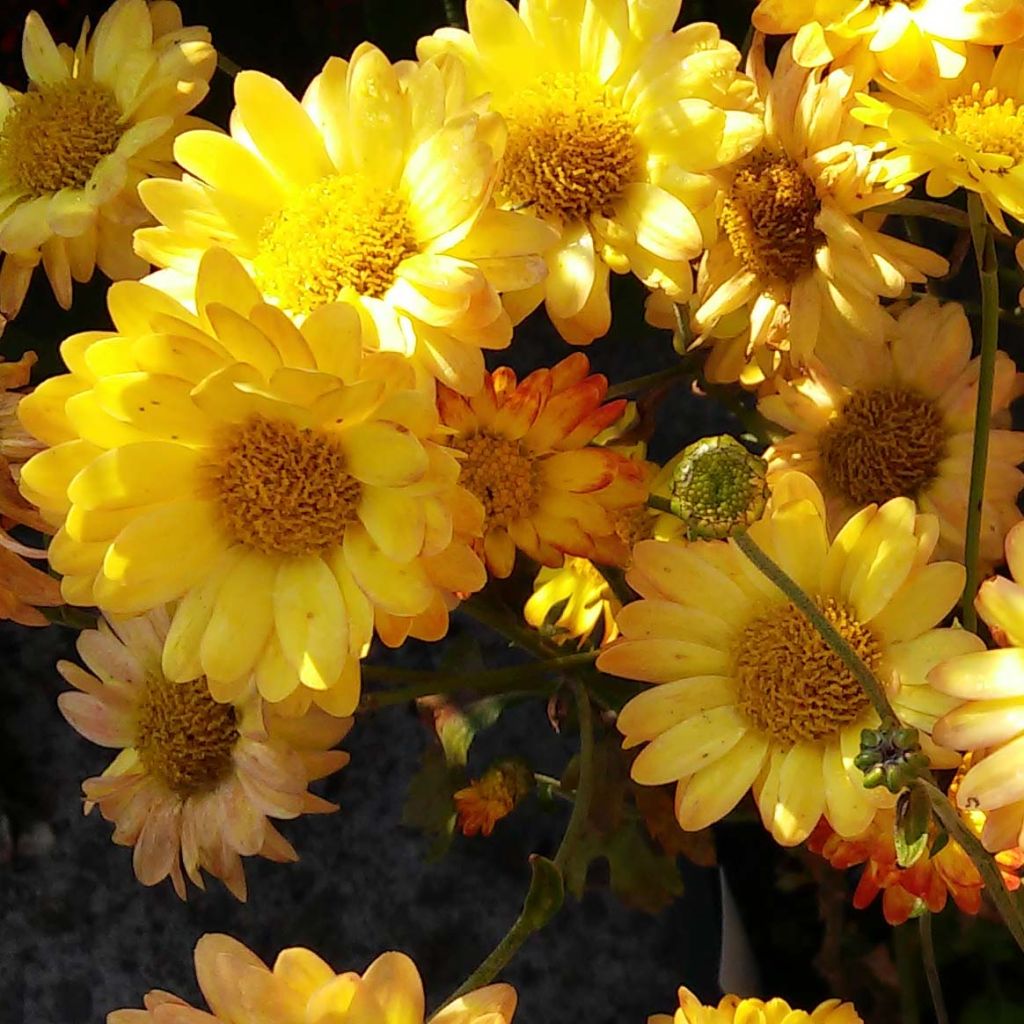

Chrysanthemum rubellum Last Sun
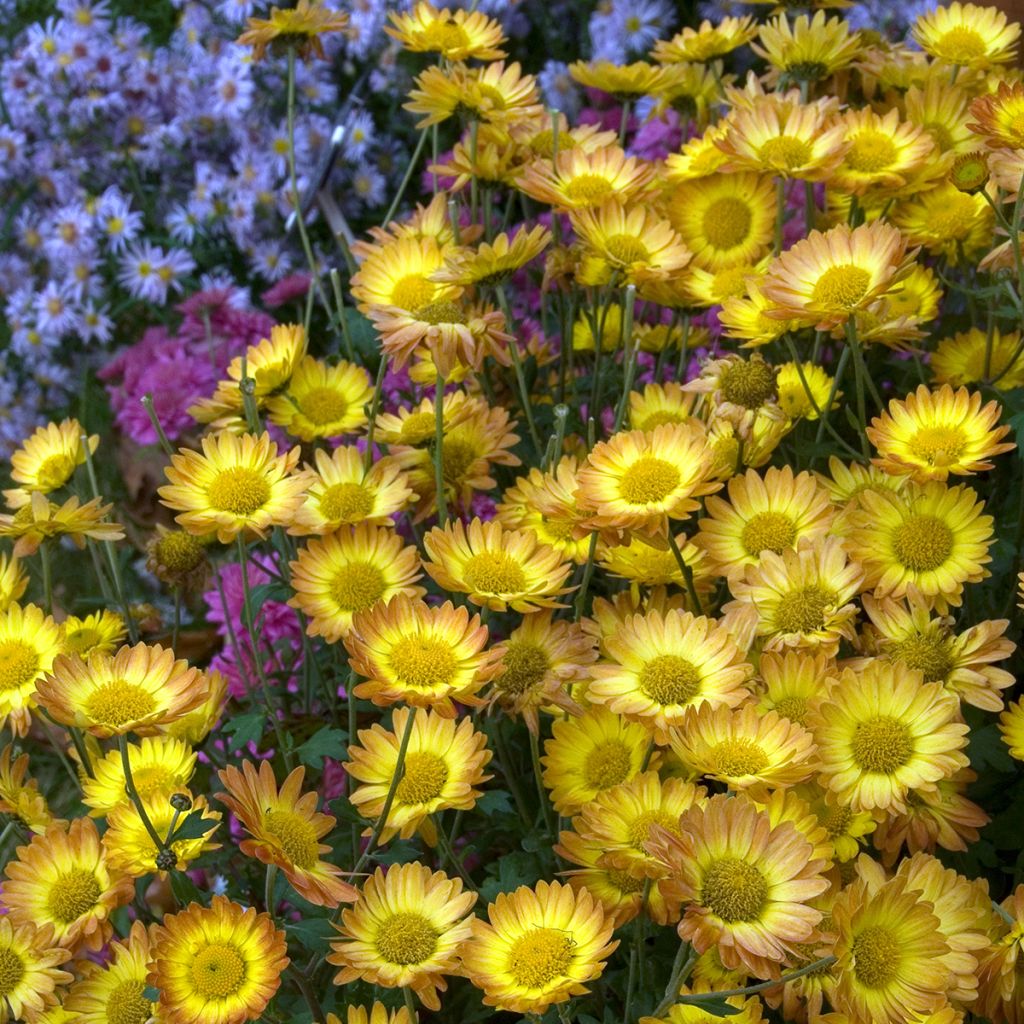

Chrysanthemum rubellum Last Sun
Chrysanthemum rubellum Last Sun
Chrysanthemum rubellum Dernier Soleil
Autumn Daisy, Country Girl Mum, Rubellum Mum
Very pretty chrysanthemum that will delight us during the flowering. Thank you to the team.
Nath44, 13/09/2025
Special offer!
Receive a €20 voucher for any order over €90 (excluding delivery costs, credit notes, and plastic-free options)!
1- Add your favorite plants to your cart.
2- Once you have reached €90, confirm your order (you can even choose the delivery date!).
3- As soon as your order is shipped, you will receive an email containing your voucher code, valid for 3 months (90 days).
Your voucher is unique and can only be used once, for any order with a minimum value of €20, excluding delivery costs.
Can be combined with other current offers, non-divisible and non-refundable.
Home or relay delivery (depending on size and destination)
Schedule delivery date,
and select date in basket
This plant carries a 12 months recovery warranty
More information
We guarantee the quality of our plants for a full growing cycle, and will replace at our expense any plant that fails to recover under normal climatic and planting conditions.
Would this plant suit my garden?
Set up your Plantfit profile →
Description
Chrysanthemum rubellum 'Last Sun' is an autumn daisy that perfectly lives up to its name. This old variety blooms abundantly for a long time, with many large yellow flowers with coppery-orange edges and salmon tones that change as the flower opens. With the warm colours of autumn, this hardy, perennial, bushy chrysanthemum which spreads slowly from its crown, will bring life to flower beds from August until late in the season. It will thrive in ordinary soil and a sunny exposure.
Chrysanthemum rubellum is a deciduous and rhizomatous perennial with a woody crown, belonging to the Asteraceae family. It is a hybrid obtained through cross-breeding between species from East Asia and Siberia (C.zawadskii). The 'Last Sun' cultivar forms a bush that grows rapidly to 50-60 cm (20-24in) tall and 50 cm (20in) wide. The flowering period extends from late August to late October/early November when the plant is covered with numerous daisy-like, semi-double flowers, 5 to 7 cm (2 to 3in) in diameter in small clusters at the top of leafy stems. The centre is yellow, and the 'petals' on the outer edge are yellow with orange tones that evolve as the flower matures. The heart-shaped to ovate leaves are divided into 5 lobes and can measure up to 5 cm (2in) in length. They are toothed, dull green with hairy undersides.
Garden chrysanthemums offer immense resources during a less floriferous time of the year and blend remarkably well with autumn colours. They can be paired with asters in complementary colours or their blooms can be lightened by cosmos, Japanese anemones, shrubby salvias, gauras, Magellan fuchsias... These plants go particularly well with grasses such as stipas, miscanthus, carex, eragrostis, and foxtail barley (Hordeum jubatum).
Chrysanthemum rubellum Last Sun in pictures
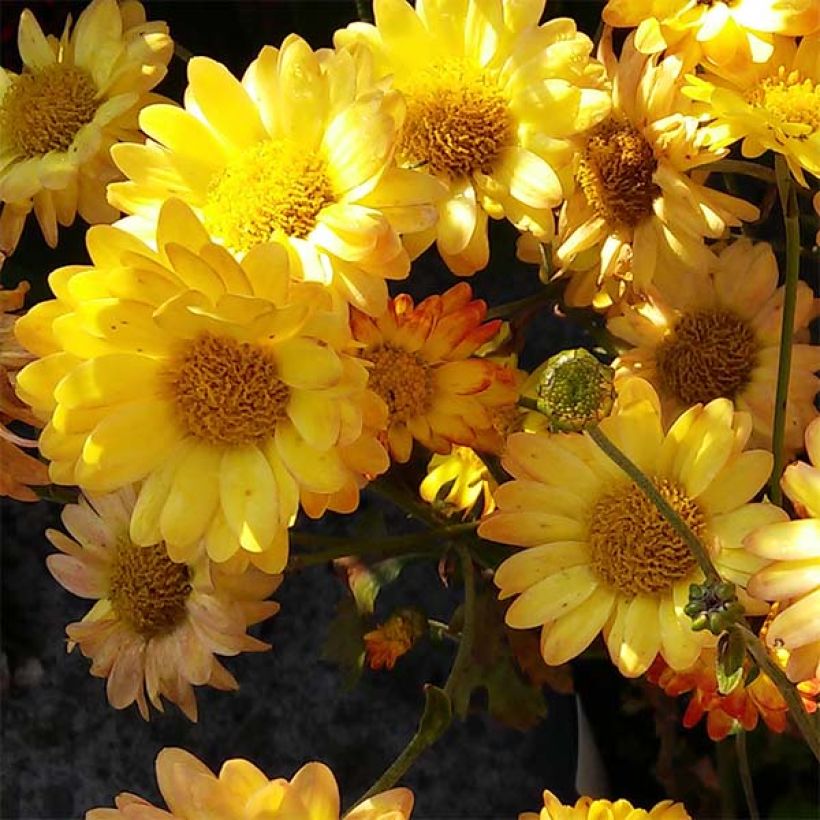

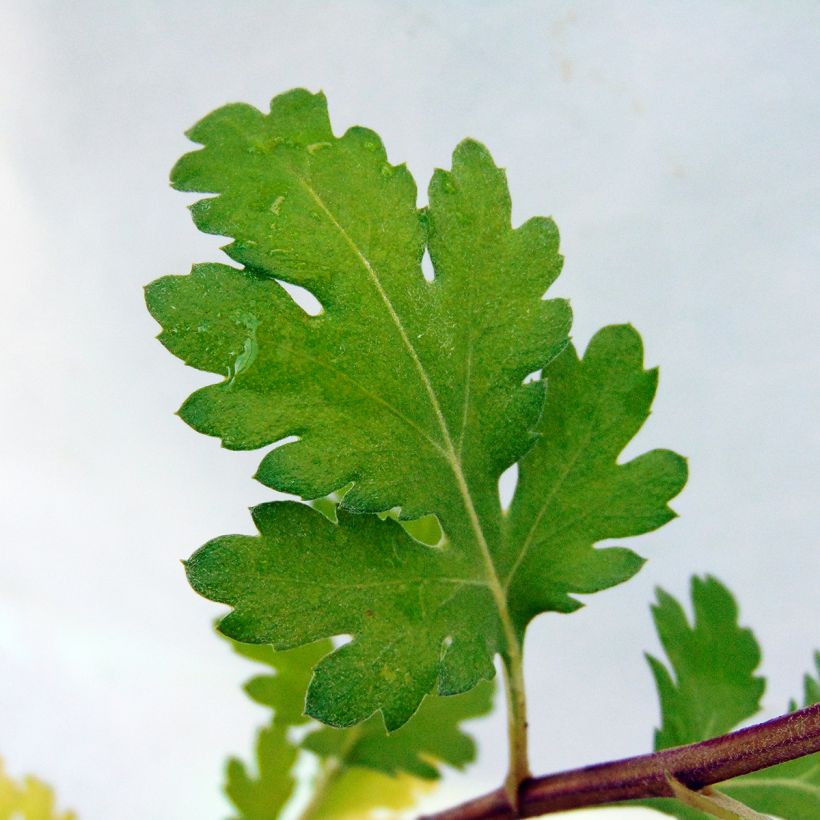

Flowering
Foliage
Plant habit
Botanical data
Chrysanthemum
rubellum
Dernier Soleil
Asteraceae
Autumn Daisy, Country Girl Mum, Rubellum Mum
Cultivar or hybrid
Other Chrysanthemum
View all →Planting and care
Autumn daisies require a sunny exposure in ordinary well-dug soil, slightly acidic, neutral or even slightly chalky, fertile and not too dry. They are hardy down to at least -15°C (5°F). The stems can be pruned in spring, to 30 cm (1 to 12in), forcing the young plant to branch out and keep the plant compact. A second pinching in the summer allows for more, smaller flowers. Water two or three times a week and apply a liquid fertiliser for flowering plants every eight days from July until the buds start to colour. This variety 'Last Sun' performs quite well in partial shade in a warm climate, even in soil that is occasionally dry, provided it is deep. These plants have few enemies and diseases, except for attacks by slugs and snails in spring.
Planting period
Intended location
Care
Planting & care advice
-
, onOrder confirmed
Reply from on Promesse de fleurs
Similar products
Haven't found what you were looking for?
Hardiness is the lowest winter temperature a plant can endure without suffering serious damage or even dying. However, hardiness is affected by location (a sheltered area, such as a patio), protection (winter cover) and soil type (hardiness is improved by well-drained soil).

Photo Sharing Terms & Conditions
In order to encourage gardeners to interact and share their experiences, Promesse de fleurs offers various media enabling content to be uploaded onto its Site - in particular via the ‘Photo sharing’ module.
The User agrees to refrain from:
- Posting any content that is illegal, prejudicial, insulting, racist, inciteful to hatred, revisionist, contrary to public decency, that infringes on privacy or on the privacy rights of third parties, in particular the publicity rights of persons and goods, intellectual property rights, or the right to privacy.
- Submitting content on behalf of a third party;
- Impersonate the identity of a third party and/or publish any personal information about a third party;
In general, the User undertakes to refrain from any unethical behaviour.
All Content (in particular text, comments, files, images, photos, videos, creative works, etc.), which may be subject to property or intellectual property rights, image or other private rights, shall remain the property of the User, subject to the limited rights granted by the terms of the licence granted by Promesse de fleurs as stated below. Users are at liberty to publish or not to publish such Content on the Site, notably via the ‘Photo Sharing’ facility, and accept that this Content shall be made public and freely accessible, notably on the Internet.
Users further acknowledge, undertake to have ,and guarantee that they hold all necessary rights and permissions to publish such material on the Site, in particular with regard to the legislation in force pertaining to any privacy, property, intellectual property, image, or contractual rights, or rights of any other nature. By publishing such Content on the Site, Users acknowledge accepting full liability as publishers of the Content within the meaning of the law, and grant Promesse de fleurs, free of charge, an inclusive, worldwide licence for the said Content for the entire duration of its publication, including all reproduction, representation, up/downloading, displaying, performing, transmission, and storage rights.
Users also grant permission for their name to be linked to the Content and accept that this link may not always be made available.
By engaging in posting material, Users consent to their Content becoming automatically accessible on the Internet, in particular on other sites and/or blogs and/or web pages of the Promesse de fleurs site, including in particular social pages and the Promesse de fleurs catalogue.
Users may secure the removal of entrusted content free of charge by issuing a simple request via our contact form.
The flowering period indicated on our website applies to countries and regions located in USDA zone 8 (France, the United Kingdom, Ireland, the Netherlands, etc.)
It will vary according to where you live:
- In zones 9 to 10 (Italy, Spain, Greece, etc.), flowering will occur about 2 to 4 weeks earlier.
- In zones 6 to 7 (Germany, Poland, Slovenia, and lower mountainous regions), flowering will be delayed by 2 to 3 weeks.
- In zone 5 (Central Europe, Scandinavia), blooming will be delayed by 3 to 5 weeks.
In temperate climates, pruning of spring-flowering shrubs (forsythia, spireas, etc.) should be done just after flowering.
Pruning of summer-flowering shrubs (Indian Lilac, Perovskia, etc.) can be done in winter or spring.
In cold regions as well as with frost-sensitive plants, avoid pruning too early when severe frosts may still occur.
The planting period indicated on our website applies to countries and regions located in USDA zone 8 (France, United Kingdom, Ireland, Netherlands).
It will vary according to where you live:
- In Mediterranean zones (Marseille, Madrid, Milan, etc.), autumn and winter are the best planting periods.
- In continental zones (Strasbourg, Munich, Vienna, etc.), delay planting by 2 to 3 weeks in spring and bring it forward by 2 to 4 weeks in autumn.
- In mountainous regions (the Alps, Pyrenees, Carpathians, etc.), it is best to plant in late spring (May-June) or late summer (August-September).
The harvesting period indicated on our website applies to countries and regions in USDA zone 8 (France, England, Ireland, the Netherlands).
In colder areas (Scandinavia, Poland, Austria...) fruit and vegetable harvests are likely to be delayed by 3-4 weeks.
In warmer areas (Italy, Spain, Greece, etc.), harvesting will probably take place earlier, depending on weather conditions.
The sowing periods indicated on our website apply to countries and regions within USDA Zone 8 (France, UK, Ireland, Netherlands).
In colder areas (Scandinavia, Poland, Austria...), delay any outdoor sowing by 3-4 weeks, or sow under glass.
In warmer climes (Italy, Spain, Greece, etc.), bring outdoor sowing forward by a few weeks.






























